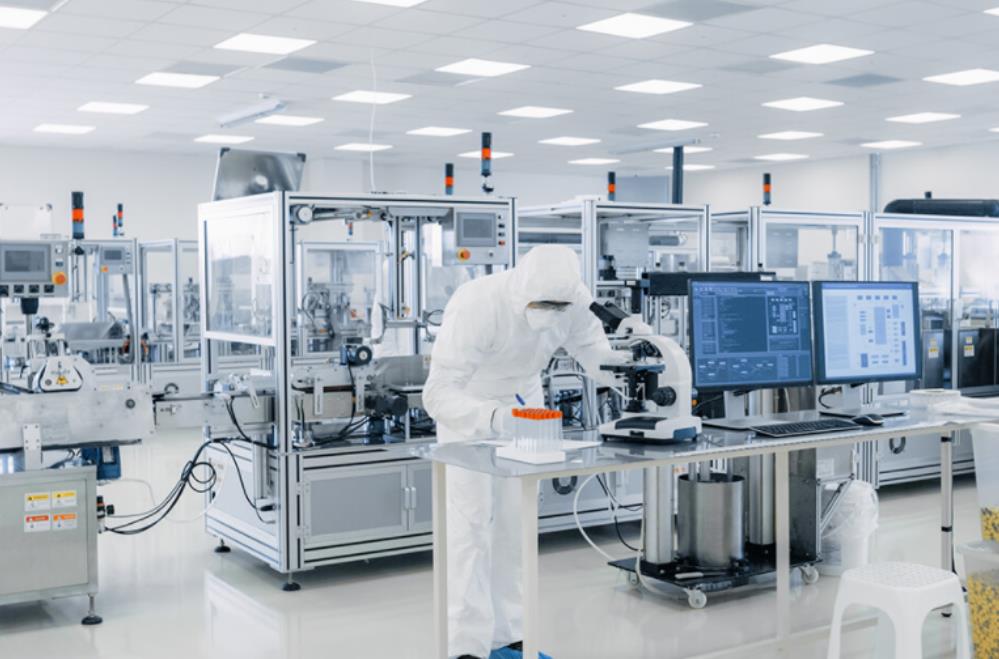Pyrogens, mainly referring to bacterial pyrogens, are some microbial metabolites, bacterial corpses, and endotoxins. When pyrogens enter the human body, they can disrupt the immune regulatory system, causing a series of symptoms such as chills, chills, fever, sweating, nausea, vomiting, and even serious consequences such as coma, collapse, and even death. Common disinfectants such as formaldehyde and hydrogen peroxide cannot completely eliminate pyrogens, and due to their strong heat resistance, wet heat sterilization equipment is difficult to completely destroy their activity. Therefore, dry heat sterilization has become an effective method for removing pyrogens, requiring specialized sterilization equipment – dry heat sterilization tunnel equipment.
Dry heat sterilization tunnel is an important process equipment that plays a crucial role in industries such as medicine and food. Through scientific dry heat sterilization methods, the sterility and quality of products can be ensured, ensuring public health and safety, and playing a crucial role in the filling line of sterile production. Its working principle is to heat the container with dry hot air, achieving rapid sterilization and pyrogen removal. The sterilization temperature is usually set at 160 ℃~180 ℃ to ensure that the product does not contain active microorganisms, while the pyrogen removal temperature is usually between 200 ℃~350 ℃. The appendix of the 2010 edition of the Chinese Pharmacopoeia stipulates that the “sterilization method – dry heat sterilization method” requires 250 ℃ × 45 minutes of dry heat sterilization can effectively remove pyrogenic substances from sterile product packaging containers.
The material of dry heat sterilization tunnel equipment is usually stainless steel, which requires the inner and outer surfaces of the box to be polished, flat, smooth, without bumps or scratches. The fan used in the high-temperature section must be able to withstand temperatures up to 400 ℃, and the equipment also needs to have temperature monitoring, recording, printing, alarm and other functions, as well as wind pressure monitoring and online sterilization functions for each section.
According to GMP requirements, dry heat sterilization tunnels are installed in Grade A areas, and the cleanliness of the work area also needs to meet the requirement of Grade 100. To meet this requirement, dry heat sterilization tunnels need to be equipped with high-efficiency air filters, and due to their special high-temperature environment, high-temperature resistant high-efficiency filters must be selected. High temperature resistant and efficient filters play a crucial role in dry heat sterilization tunnels. After heating, high-temperature air must pass through the filter to ensure cleanliness of up to 100 levels and meet process requirements.
The use of high-temperature and high-efficiency filters can minimize the pollution of microorganisms, various particles, and pyrogens. For the requirements of sterile production conditions, it is crucial to choose safe and reliable high-temperature resistant high-efficiency filters. In this critical process, the FAF high-temperature resistant series products provide high-quality protection for dry heat sterilization tunnels, ensuring the safety and efficiency of the production process.
Post time: Aug-01-2023


